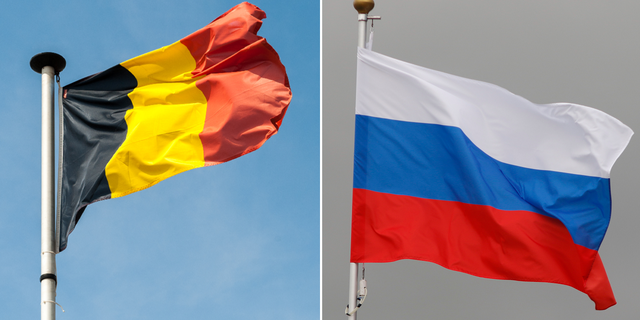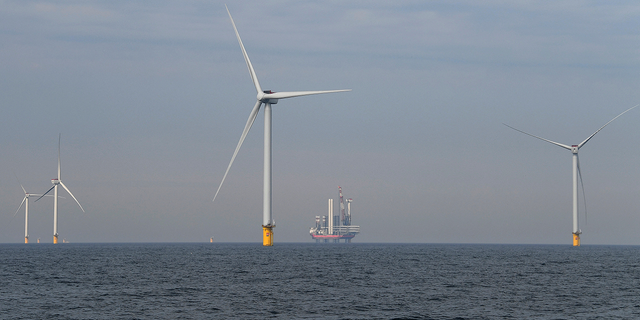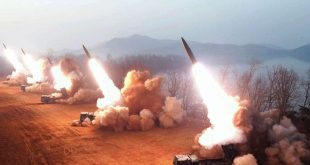
Belgium says it is investigating the presence of a Russian “spy ship” in the North Sea amid concerns that it could come “suspiciously close to our wind farms, undersea gas and data cables and other critical infrastructure.”
Vincent Van Quickenborne, Belgium’s Deputy Prime Minister and Minister of Justice and the North Sea, made the announcement after the Netherlands said Monday it detected a Russian ship trying to gain intelligence to “sabotage” energy infrastructure at an offshore wind farm in the Dutch part of the North Sea, according to Reuters.
“We don’t know the exact motives of this Russian ship, but let’s not be naive,” Van Quickenborne said in a statement, describing the vessel found in the Belgian North Sea as a “spy ship.”
“Especially if it behaves suspiciously close to our wind farms, undersea gas and data cables and other critical infrastructure,” he added.
RUSSIA URGES UNITED NATIONS TO INVESTIGATE NORD STREAM PIPELINE EXPLOSION

Belgium says it is investigating the presence of a Russian “spy ship” in the Belgian North Sea. (Michael Jacobs/Art in All of Us/Corbis via Getty Images/Maksim Konstantinov/SOPA Images/LightRocket via Getty Images)
Even though the Russian ship was first spotted in November, it has turned off its AIS tracking beacon, according to the AFP.
“The passage of this vessel should doubtless be seen in the broader context of the war in Ukraine,” Van Quickenborne’s statement reportedly added.
TOP CHINESE DIPLOMAT VISITING RUSSIA WILL DISCUSS ‘WORLD PEACE’ WITH MOSCOW OFFICIALS
Fox News Digital has reached out to the Russian Foreign Ministry for comment.

Wind turbines are seen at the North Sea in Scheveningen, Netherlands.
Earlier this week, the Dutch Military Intelligence and Security Service (MIVD) said a Russian ship tried to gain more information about its energy infrastructure in the North Sea, but it was escorted away from the area by Dutch marine and coast guard vessels, Reuters reports.
CLICK HERE TO GET THE FOX NEWS APP
“We saw in recent months Russian actors tried to uncover how the energy system works in the North Sea. It is the first time we have seen this,” MIVD Director Maj. Gen. Jan Swillens was quoted as saying.
“Russia is mapping how our wind parks in the North Sea function,” he reportedly added. “They are very interested in how they could sabotage the energy infrastructure.”

 Latest Breaking News Online News Portal
Latest Breaking News Online News Portal




